
Halitosis Or Bad Breath
Bad breath is also known as halitosis. It is an unpleasant odor in the exhaled air. Halitosis can have local causes in and around the mouth or can be triggered by serious systemic diseases like liver failure, lung abscess and pneumonia. There are two classifications for halitosis. The Miyazaki classification divides it into three: genuine halitosis, pseudo-halitosis and halitophobia. Genuine halitosis is further divided into physiological and pathological halitosis. The Tangermen and Winkel classification divides halitosis into intra-oral and extra-oral. Extra-oral halitosis can be blood borne and non-blood borne halitosis. Most of the common causes of halitosis are in the mouth itself, but sometimes it can be a diagnostic challenge if apparent causes are excluded. Bad breath is a social problem that can lead to stigma, depression and social anxiety.
- Important notification about information and brand names used in this slideshow!
- Photo courtesy of Adam Chamness by Flickr : www.flickr.com/photos/67495384@N00/2680029912
- Clinical medicine by Kumar and Clark

Fishy Breath
Fishy breath is a urine-like or ammonia-like odor. This is a characteristic feature of chronic kidney disease and a helicobacter pylori infection. Helicobacter pylori are an ammonia forming bacteria associated with peptic ulcer disease. This property is used in diagnostic tests. Helicobacter pylori produce ammonia when a nitrogenic compound is ingested. After a high protein diet, a significant amount of ammonia is produced in the stomach and the duodenum. This results in ammonia-smelling breath. Renal tubular cells convert glutamine into alfa keto glutarate producing ammonium. This ammonium is in equilibrium with serum ammonia and helps in acid excretion. In chronic kidney disease patients, ammonia is transported to the lungs and removed in expiration giving off a fishy odor.
- Important notification about information and brand names used in this slideshow!
- Photo courtesy of Nancy Phillips by Flickr : www.flickr.com/photos/nkphillips/4265065978/
- Ganong's review of medical physiology
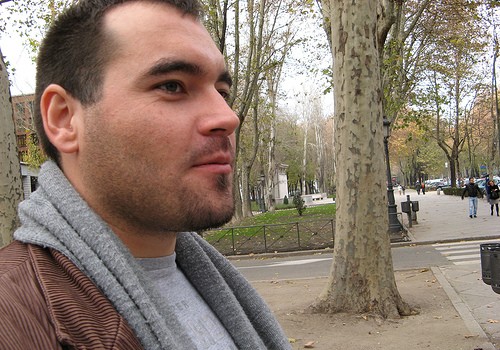
Fruity Breath
The most important cause of fruity breath is diabetic ketoacidosis. Diabetes is a disease where there is poor insulin production or impaired insulin sensitivity leading to elevated levels of blood sugar. Insulin is essential for the transport of glucose into cells. In the cytoplasm, glucose undergoes glycolysis to produce acetate. Acetate enters the initial steps of the Krebs cycle. When insulin secretion or insulin sensitivity is reduced, glucose does not enter blood cells even with high blood sugar concentrations. The body switches into starvation mode and fat is broken down. Fatty acids enter the Kreb’s cycle at intermediate steps and increases acetate level within cells. Acetate forms acetoacetate and beta hydroxybutrate (ketone bodies) which are weak acids. In order to expel the excess acidity, breathing speeds up. Ketone bodies smell fruity. Therefore ketone bodies released in exhaled air give off the fruity odor.
- Important notification about information and brand names used in this slideshow!
- Photo courtesy of Eduardo by Flickr : www.flickr.com/photos/tnarik/339857936/
- Ganong's review of medical physiology
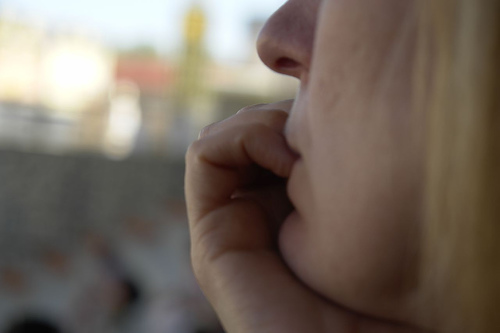
Fecal Breath
Fecal breath can be caused by distal small bowel obstruction, large bowel obstruction, a fistula from colon to stomach or jejunum, intractable prolonged vomiting and nasogastric tubes. Food digestion starts earnestly in the stomach. As it passes down the alimentary canal, it resembles fecal matter more and more. Bacteria in the gastrointestinal tract alter the compounds in food giving off pungent gases. In bowel obstruction this partially digested food stagnates. This promotes further bacterial growth and further gas production. These gases regurgitate and exit in expiration giving off a fecal smell. A fistula from colon to stomach opens a pathway for foul smelling gases to enter the upper gastrointestinal tract directly. Bilious vomiting also gives rise to foul breath.
- Important notification about information and brand names used in this slideshow!
- Photo courtesy of Grievous Angel by Flickr : www.flickr.com/photos/grievousangel/132475889/
- Clinical medicine by Kumar and Clark
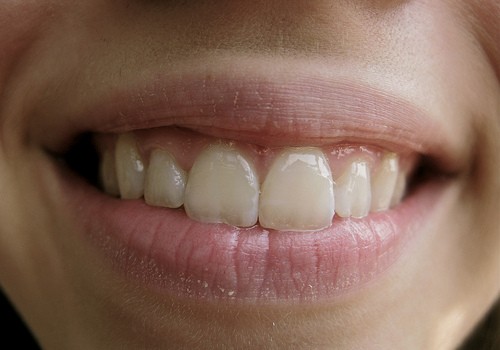
Dry Mouth
A dry mouth is also known as xerostomia. This is due to an alteration of the composition of saliva, lack of secretion of saliva and mouth breathing. It is also a side effect of certain drugs (sympathomimetic, anti-cholinergic and diuretics). Some cases are idiopathic (no identifiable cause). Xerostomia increases the activity of bacteria on the posterior dorsal tongue causing halitosis. A lack of saliva contributes to bad breath in other ways as well. Saliva prevents caries and lack of it promotes caries. Caries retain food particles. Saliva has an anti-fungal action and lack of saliva promotes growth of opportunistic infections such as candidiasis. Altered taste and smell may contribute to complaints of non-genuine halitosis.
- Important notification about information and brand names used in this slideshow!
- Photo courtesy of Miranda Granche by Flickr : www.flickr.com/photos/mirandagranche/6267947182/
- Clinical medicine by Kumar and Clark

Mouth, Nose And Throat Problems
Normally, bacteria grow on the dorsal posterior area of the tongue. The convoluted surface, a continuous coating of food debris and epithelial cells give the perfect environment for the growth of halitogenic anaerobic micro-organisms. They produce metyl mercaptan, dimethyl sulfide, hydrogen sulfide, indole and polyamine which give off a pungent odor. Gum diseases such as gingivitis are caused by bacteria that produce pungent volatile sulfur compounds. Acrylic dentures promote bacterial growth because they actually have microscopic pores despite appearing smooth macroscopically. Missing teeth and caries lead to food packing between teeth. These foods are then altered by bacteria producing pungent gases. Mid-cycle and during menstruation, hormonal changes are associated with increased production of volatile sulfur compounds. Acute sinusitis caused by pyogenic bacteria gives off a pungent smell because patients breathe through the mouth due to blocked nostrils.
- Important notification about information and brand names used in this slideshow!
- Photo courtesy of Hilde Skjølberg by Flickr : www.flickr.com/photos/hebe/2579585389/
- Clinical medicine by Kumar and Clark
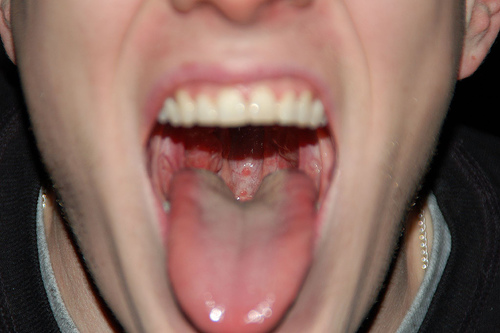
Tonsil Problems
Tonsilitis and peritonsilar abscess are minor causes of bad breath. Only 5% of all cases are due to tonsilar disorders. Tonsilolith is an uncommon condition that can cause extremely foul breath. Tonsiloliths are calcified material lodged in tonsilar crypts. They start as bits of food trapped in tonsilar crypts. Bacteria grow and alter it until a tonsilolith is formed. They consist of calcium, phosphorus, magnesium and ammonia. Tonsiloliths usually occur in palatine tonsils and rarely in lingual tonsils. They are very difficult to remove but do no harm even if left alone, other than producing halitosis.
- Important notification about information and brand names used in this slideshow!
- Photo courtesy of Andrew Bardwell by Flickr : www.flickr.com/photos/abardwell/348649144/
- Clinical medicine by Kumar and Clark
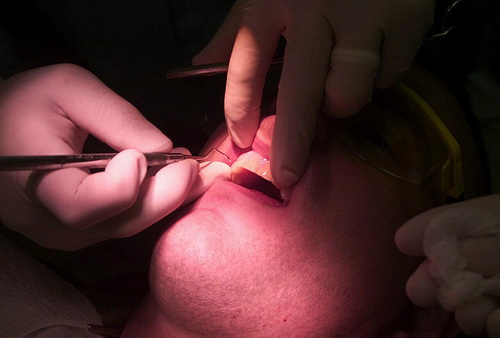
Teeth Problems
Xerostomia results in rampant caries due to the absence of the protective function of saliva. Repeated and frequent vomiting brings up highly acidic stomach contents and damage the tooth enamel. Chewing on ice, grinding the teeth, using teeth to open bottles and inadequate dental hygiene all promote formation of dental caries. Bacteria may infect the damaged teeth and produce volatile sulfur compounds. Periodontal abscess is a common complication of dental caries. Cavities retain food and promote bacterial growth, which damages the teeth further. Acrylic false teeth promote bacterial growth because they are actually porous despite appearing smooth on inspection.
- Important notification about information and brand names used in this slideshow!
- Photo courtesy of BotMultichillT by Wikimedia Commons : commons.wikimedia.org/wiki/File:US_Navy_021026-M-2706G-020_Lt._Mau_Nguyen,_dental_officer,_11th_Marine_Expeditionary_Unit_(MEU)_(Special_Operations_Capable),_uses_a_scaler_to_clean_the_teeth_o
- Clinical medicine by Kumar and Clark
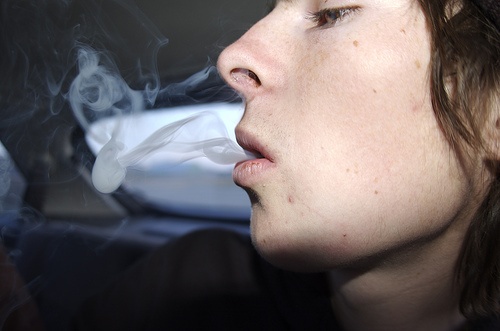
Lung Abscess Or Infection
Upper and lower respiratory tract infections are commonly caused by viruses and bacteria. The most frequently seen causative bacteria are Streptococcus pneumoniae and Heamophilus influenzae. Cough, wheezing, fever and sputum production are the presenting symptoms. Breathing sounds may be altered according to the pathophysiological changes. Proper hydration, anti-pyretics and antibiotics treat the infections. A lung abscess is a walled off area of pus made up of dead of dying cells, micro-organisms, tissue exudate and fibrin. An erect chest X-ray will show an oval well-circumscribed area with a horizontal fluid level. Lung abscesses need intravenous antibiotics and postural drainage by physiotherapy. Infective organisms produce gases giving a pungent odor to the exhaled air.
- Important notification about information and brand names used in this slideshow!
- Photo courtesy of zack Mccarthy by Flickr : www.flickr.com/photos/zack-attack/339053876/
- Clinical medicine by Kumar and Clark

GERD
Gastroesophageal reflux is due to a failure of the lower esophageal sphincter. In a healthy adult, a multitude of factors keep food in the stomach. Herniation of the gastroesophageal junction upwards through the diaphragm, increased acid secretion in Zollinger-ellison syndrome, increased gastrin secretion in hypercalcemia, poor esophageal motion in scleroderma and systemic sclerosis result in GERD. Reflux brings up highly acidic stomach contents which damage the dental enamel and promote formation of dental caries. It brings up bile which has a distinct odor. Chronic reflux can give rises to esophageal cancer which is a known cause of halitosis.
- Important notification about information and brand names used in this slideshow!
- Photo courtesy of evan p. cordes by Flickr : www.flickr.com/photos/pheezy/160614422/
- Clinical medicine by Kumar and Clark





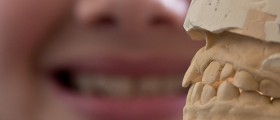


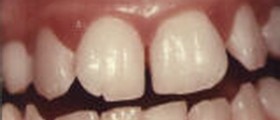







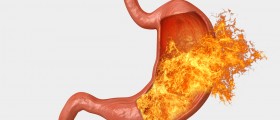

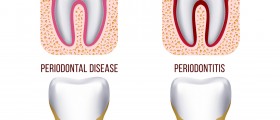







Your thoughts on this
Loading...